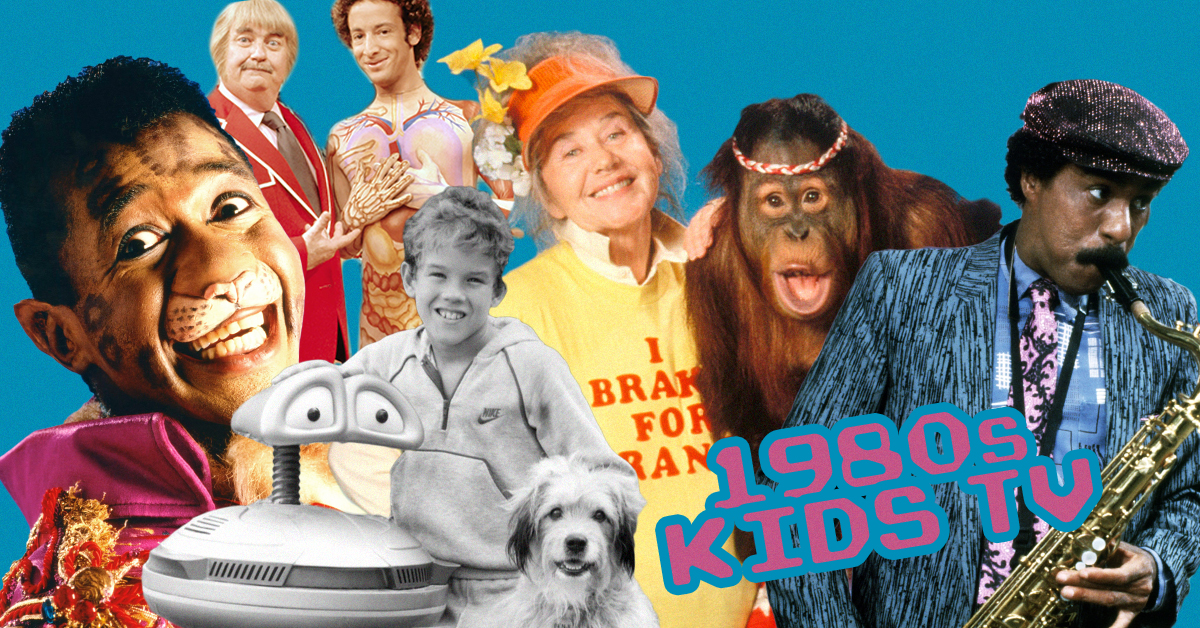TV For The Nostalgic Narcissist
Forget ‘This is Us.’ What about ‘This is Me’?

Who were you (assuming you were around) when ALF touched down, and Diane Chambers left Boston to write her novel? Or when Natalie Green learned sexual assault could find us even on manicured private-school campuses, even while in drag, as Charlie Chaplin? If you believe Don Draper’s definition of nostalgia (“pain from an old wound,” and a “twinge in your heart far more powerful than memory alone”), these references will stir only if you remember certain plots of the 1980s sitcoms “ALF,” “Cheers,” and “The Facts of Life,” while also mourning the lost emotional milieu in which you first encountered them.
That’s something different than comfort, which is what New York magazine reports we are seeking from this fall TV season, largely in the form of NBC’s sophomore hit “This Is Us.” It’s true that there is nostalgia to be found in that show as it follows, from 1980 forward, two generations of a mostly white family shaped by the adoption of an African American infant, and the (as yet unexplained) premature death of the family patriarch. But with its Upworthy-like sincerity, I do not happen to find comfort in “This Is Us,” except in the way it’s comforting to know what Mandy Moore will look like by the time she is old enough to star in Boniva commercials. Nor am I experiencing comfort or nostalgia either one through the new reboot of “Will and Grace,” whose world seems to have shrunk even as its worldview has expanded, to “wokeness,” MAGA, and contemporary gay phenomena like the Daddy.
No, for both comfort and nostalgia this fall TV season I turn to meTV. The “me” is actually an acronym, for “Memorable Entertainment,” but I prefer to think of it as something more intuitive, for a possible audience of one. I tune in through my Optimum cable package, a signal originating in Middletown, New Jersey, but meTV is in fact a “multi-cast” network, available for free via antennae, for those somewhere between cord-cutting and going off the grid. Still, according to the Los Angeles Times, meTV beats all but nine national cable networks in daytime, and ranks in the top 20 of those networks in primetime. (In other words, the audience is not just “me.”)

“Mad Men” has not yet joined the schedule, but if workplace settings are your thing, there is “The Bob Newhart Show,” “The Mary Tyler Moore Show,” “Cheers,” and “Taxi.” Aside from some Easy Cheese spanning the Carter to the Clinton eras (“The Love Boat,” “The Facts of Life,” “Saved by the Bell,” “Touched by an Angel”), the programming exists largely in the square-jawed, black-and-white world Sterling Cooper would have used to sell Samsonite, London Fog, and glorious, toasted Lucky Strike: A “Gunsmoke” here, a “Have Gun, Will Travel There,” Andy Griffith on Monday nights.
My meTV point of entry was the “Sci-Fi Saturday Night” block, once consisting of Adam West’s “Batman,” Lynda Carter’s “Wonder Woman,” and the Bill Bixby/Lou Ferrigno tag team of “The Incredible Hulk” (though recently, the Hulk has been muscled off the schedule by the disco glitz of “Battlestar Galactica”). Thanks to syndication and streaming, I have spent enough time on Paradise Island, from “Wonder Woman,” and in Peekskill, the burg from “The Facts of Life,” and at every stage of life, that they’ve taken on for me the ubiquity Renata Adler noticed in 1969, when she became hooked on soap operas like NBC’s now-defunct “Another World.” “I saw the characters in them more often than my friends, knew their relationships, the towns,” she wrote in her introduction to Toward a Radical Middle. The narratives “had a continuity stronger even than the news.” How could I miss them if they never went away?
It does not take much these days to find continuity stronger than that found in the news, which is perhaps why I often enjoy meTV’s blog more than meTV’s on-air programming itself. Trump-inspired self-care rituals we’ve heard of recently range from Chardonnay and alternate-nostril breathing (Hillary Clinton), sheetcaking (Tina Fey), and submitting to trildo-nosed scary-clown fantasias (“American Horror Story: Cult”). But I prefer the confrontational nostalgia of the meTV blog, where posts like “12 Fast Food Sandwiches You Will Never Eat Again” or “23 Chips and Crackers You Will Never Snack on Again” have a tangy, rub-your-nose-in-it sense of finality, like twisting in the knife in Don Draper’s old-wound analogy. (Burger Chef, the account that inspired a this-is-us, family-of-man-style pitch from Peggy Olson, gets its fair share of meTV blog love.)
I am giving the impression it’s a junk-food blog, which is false. Children of the ’80s, a tribe that could watch new episodes of “The Facts of Life” in primetime and reruns weekday mornings during sick days from school, or catch “Carol Burnett and Friends” late at night, will find the posts go down easy, like a latchkey kid’s pizza rolls. (There’s a post for that too, sort of.)
“It’s really part of the meTV brand as a whole,” Evan Fieldman, head of digital strategy for meTV, says of the blog’s tone and content. “It really just echoes everything from our on-air promotions to our shows, so: positive, timeless, and entertaining.” Fieldman told me the network’s editorial team aims for six-to-eight posts a day, and that “the audience always amazes us.” Nostalgia can also be a twinge in your heart more powerful than algorithm. “Sometimes a post related to school supplies will take off,” Fieldman says, “then it will be things you never knew about ‘Gilligan’s Island.’”

Of course, much of the blog content is designed to promote the network’s programming, and this, too, has its pleasures. For instance, I never realized the bullets ricocheting off Lynda Carter’s bracelets in “Wonder Woman” were actually flares, sparked by Carter herself, via remotes she concealed (or not, according to this post) in her hands. Or that Gene Hackman was originally cast as Mike Brady, and Adam West is almost as talented an artist as George W. Bush. “I Love Dick,” on Amazon Prime, unpacks the female gaze; not to be outdone, this post takes on the problematic “Star Trek” practice of “Kirk’s gaze,” the tendency to film love interests of William Shatner’s character through dewy diffusion filters, not so much beaming them up as oiling them down.
Like the network itself, the meTV blog originates in Chicago, and a Midwestern nicety prevails. The closest I’ve seen the blog come to snark was in a post titled “10 Ways Lucy Ricardo Was Basically a Millennial,” with points like “Lucy requires all the attention,” and “Lucy has been known to fib and misrepresent her life.” On a conference call with Fieldman as well as the network’s directors of marketing and editorial, the only age anyone would agree to specify was 10, belonging to someone’s niece, who had recently requested a blog post about Donny and Marie Osmond.
If I had to guess, I’d place this reticence under the category of “demographics,” as in an area of TV-network marketing hostile to the suggestion that only viewers of a certain age will tune in for shows that signed off, in many cases, around the time the United States entered Vietnam. If advertisers are alert to this as well, I haven’t noticed; the sponsor I see most persistently represented on meTV is MyPillow.com, and good sleep knows no age. A competitor in the category is Cozi TV, which sees meTV’s “Columbo” and raises it a “Murder She Wrote.” The meTV blog dabbles occasionally in real-estate journalism, sometimes to cover as-seen-on-TV houses falling on hard times, perhaps to advance the idea that cozy-ness is temporary. Something where the operative word is “me,” full of the self-interest of the individual—for better or worse, that’s what has staying power.
